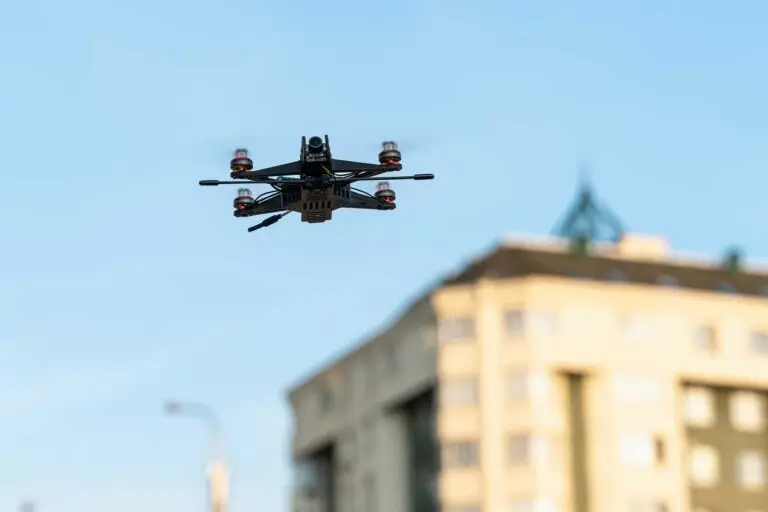Commercial general contractors are an essential part of any construction project and the advent of new technologies has drastically changed the way they operate. From using drones to inspect worksites to employing virtual reality in pre-construction planning, technology has become an integral part of the industry and is quickly revolutionizing how projects are completed.
Usage of drones:
First and foremost, the use of drones for surveying and inspection is a major shift from traditional methods. Not only can these unmanned aerial vehicles be used to survey hard-to-reach areas, but they also facilitate quicker turnaround times when it comes to inspection as detailed images can be obtained in shorter periods of time compared to manual methods. This increases efficiency in the work process while reducing costs associated with certain processes like hiring inspectors or purchasing specific equipment.
Another area that’s seen a shift due to technology innovation is resource management. Through tracking software developed specifically for this type of sector, contractors have access to real-time job site data which allows them to make better decisions faster when it comes to material ordering and waste reduction. This helps improve workflow by lessening the need for reworks while cutting costs on unnecessary materials or labour.
Finally, virtual reality (VR) has also been making its presence felt in pre-construction planning processes within the commercial contracting scene. Utilizing VR technology, contractors are able to experience what a finished project will look like before it even begins – allowing designers and engineers greater creative freedom as changes can be made at virtually any stage during planning without incurring too much extra cost. This helps increase overall satisfaction levels as clients are able to get exactly the end result that they want without needing large amounts of back-and-forth communication between both parties involved in a project.
It’s no surprise then that technology is becoming increasingly important within this field as it provides numerous advantages such as cost reductions, increased efficiency and tighter safety standards among many others – leading towards a safer and more productive working environment than ever before!




